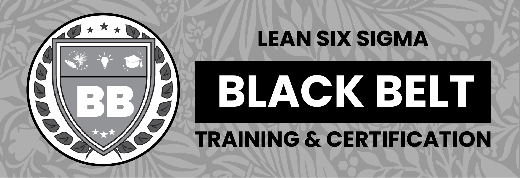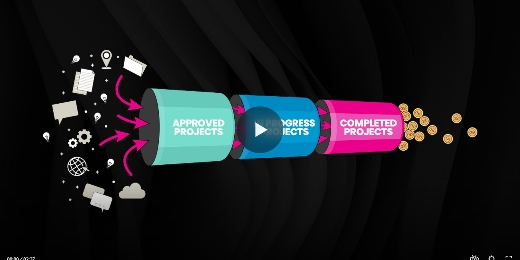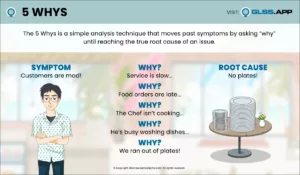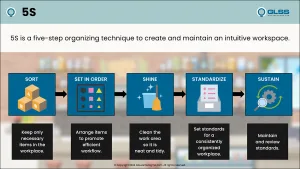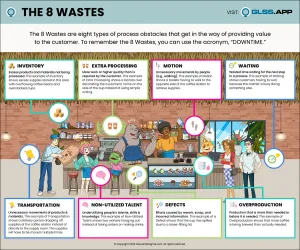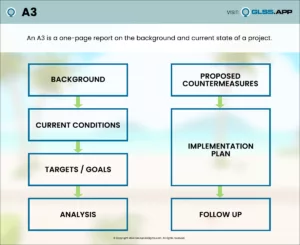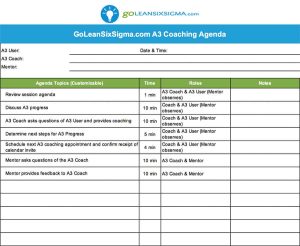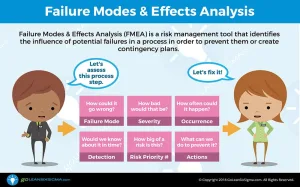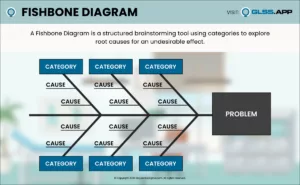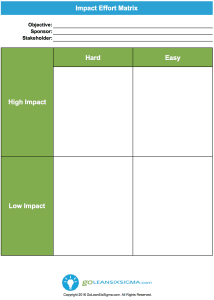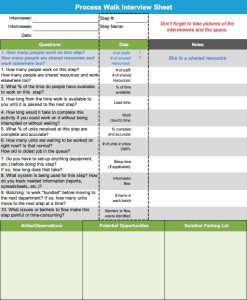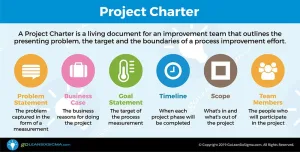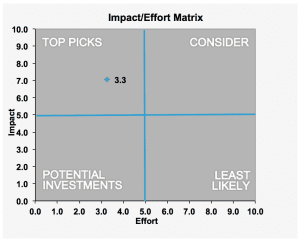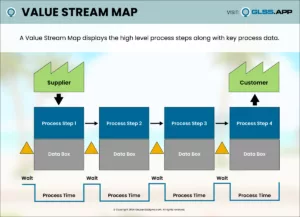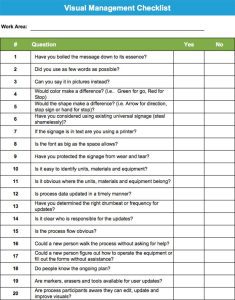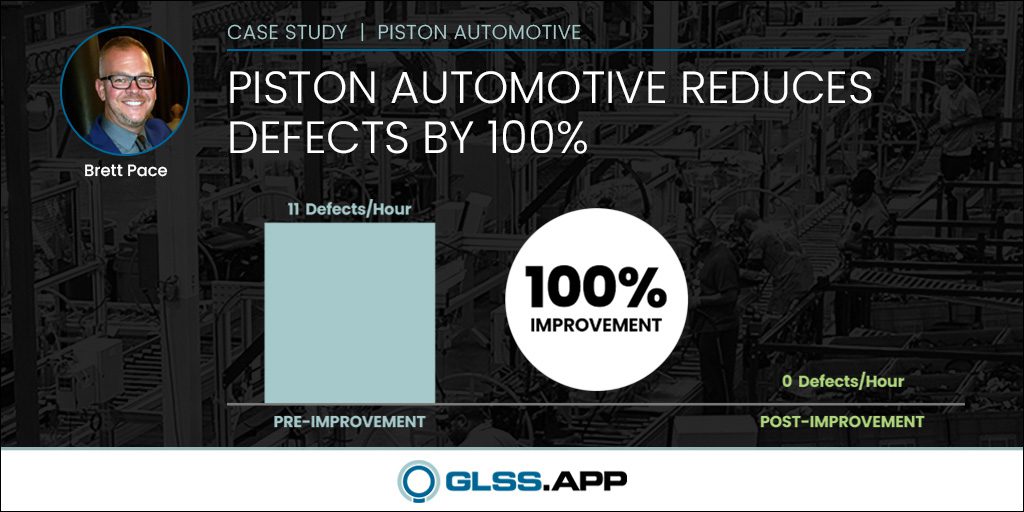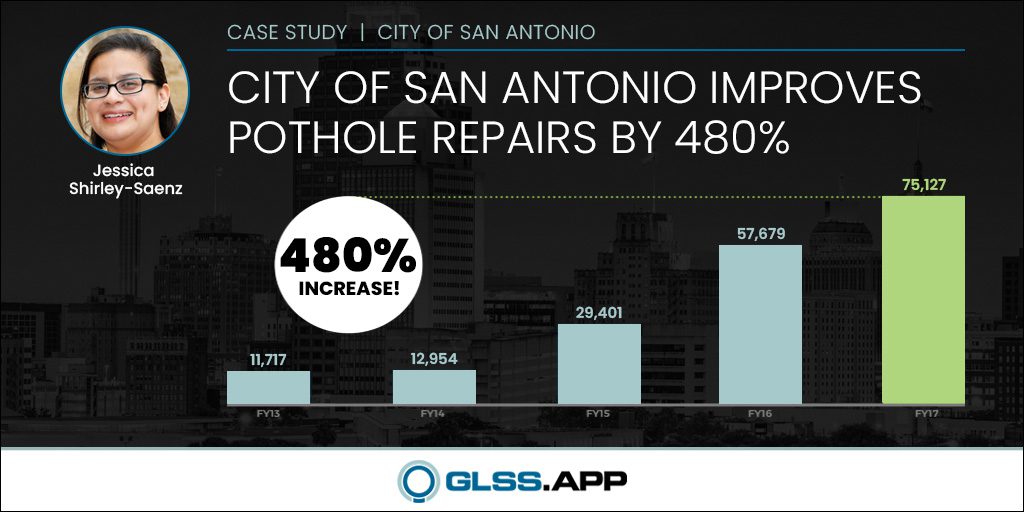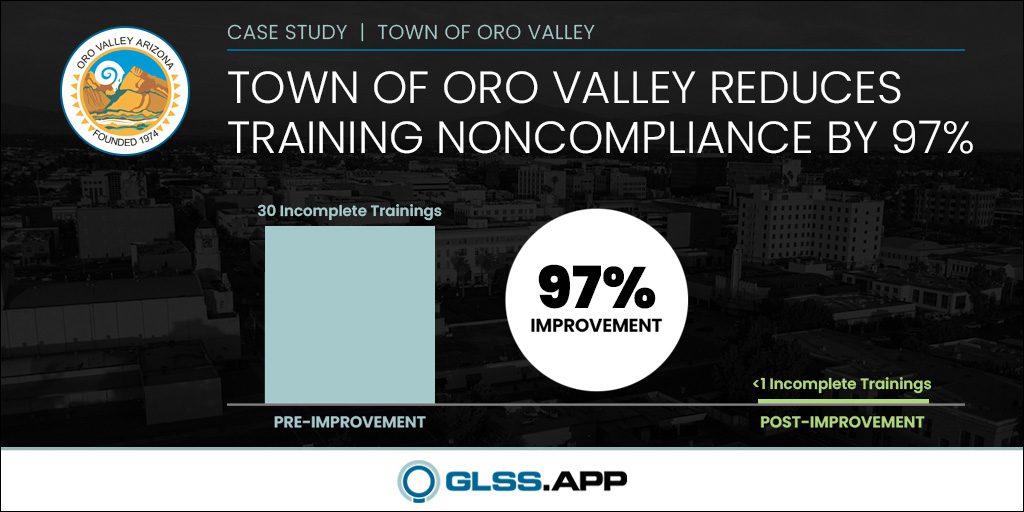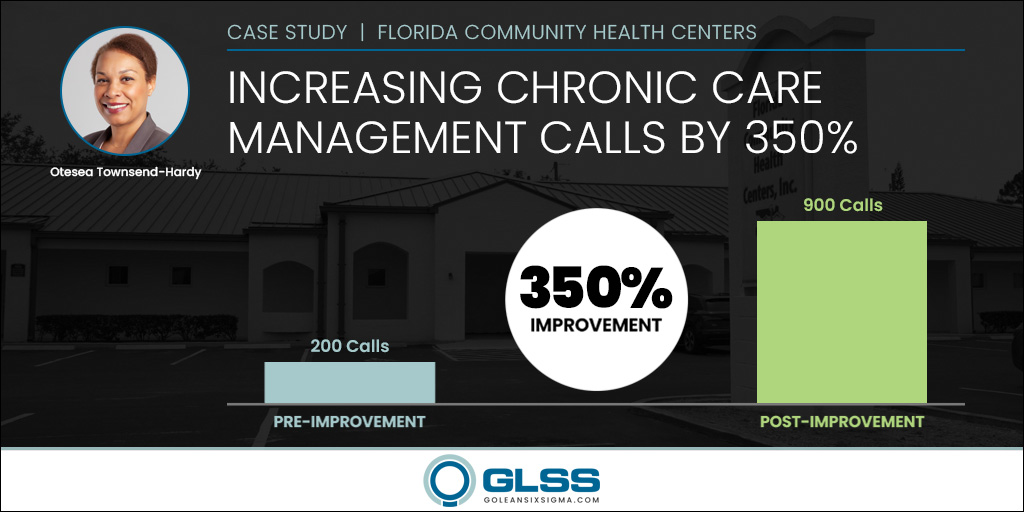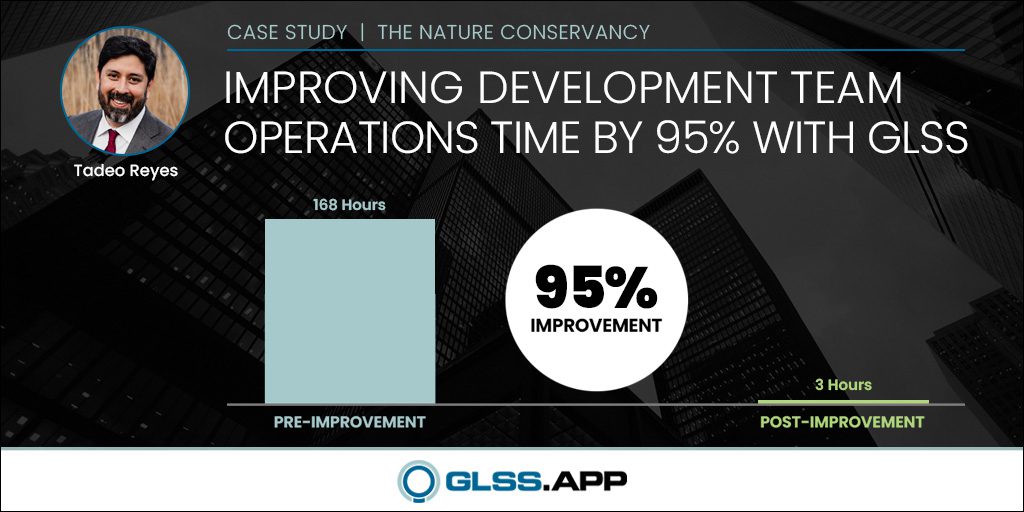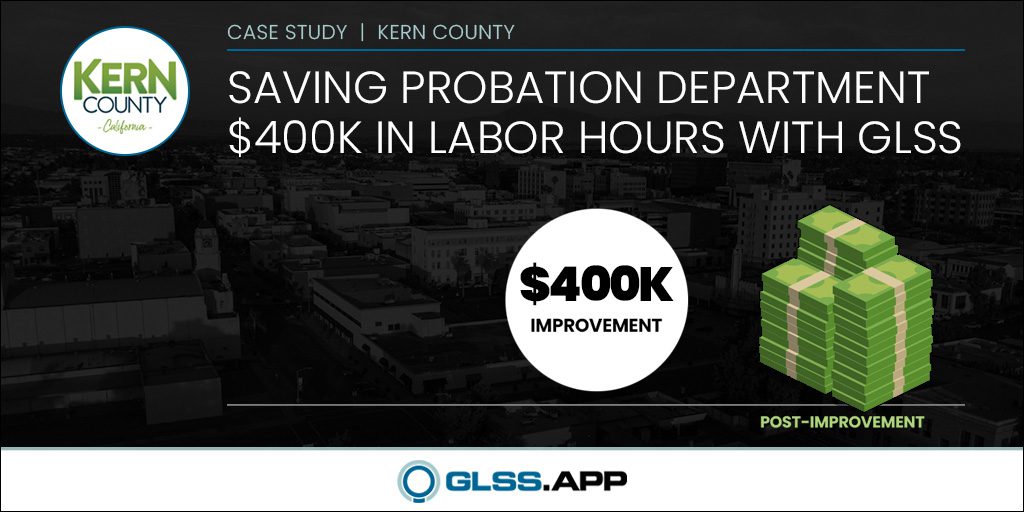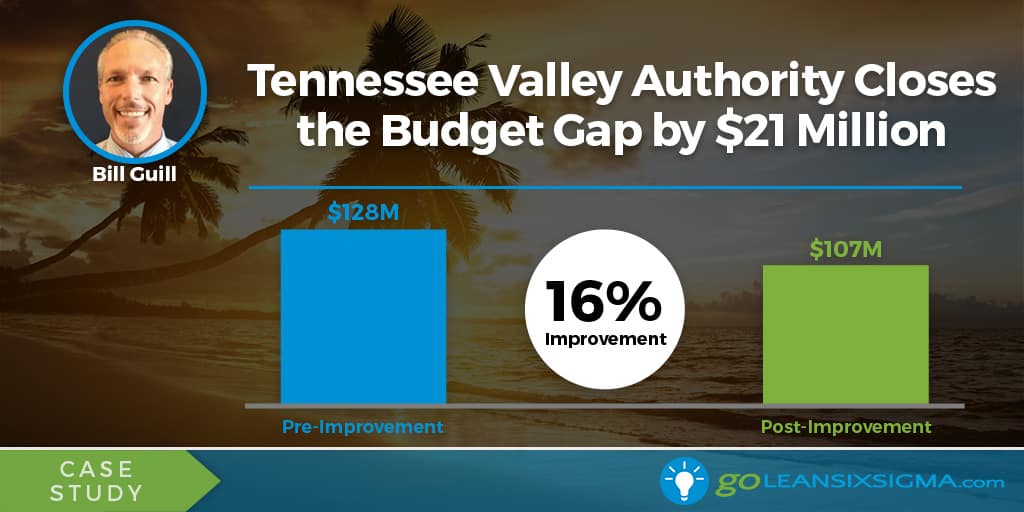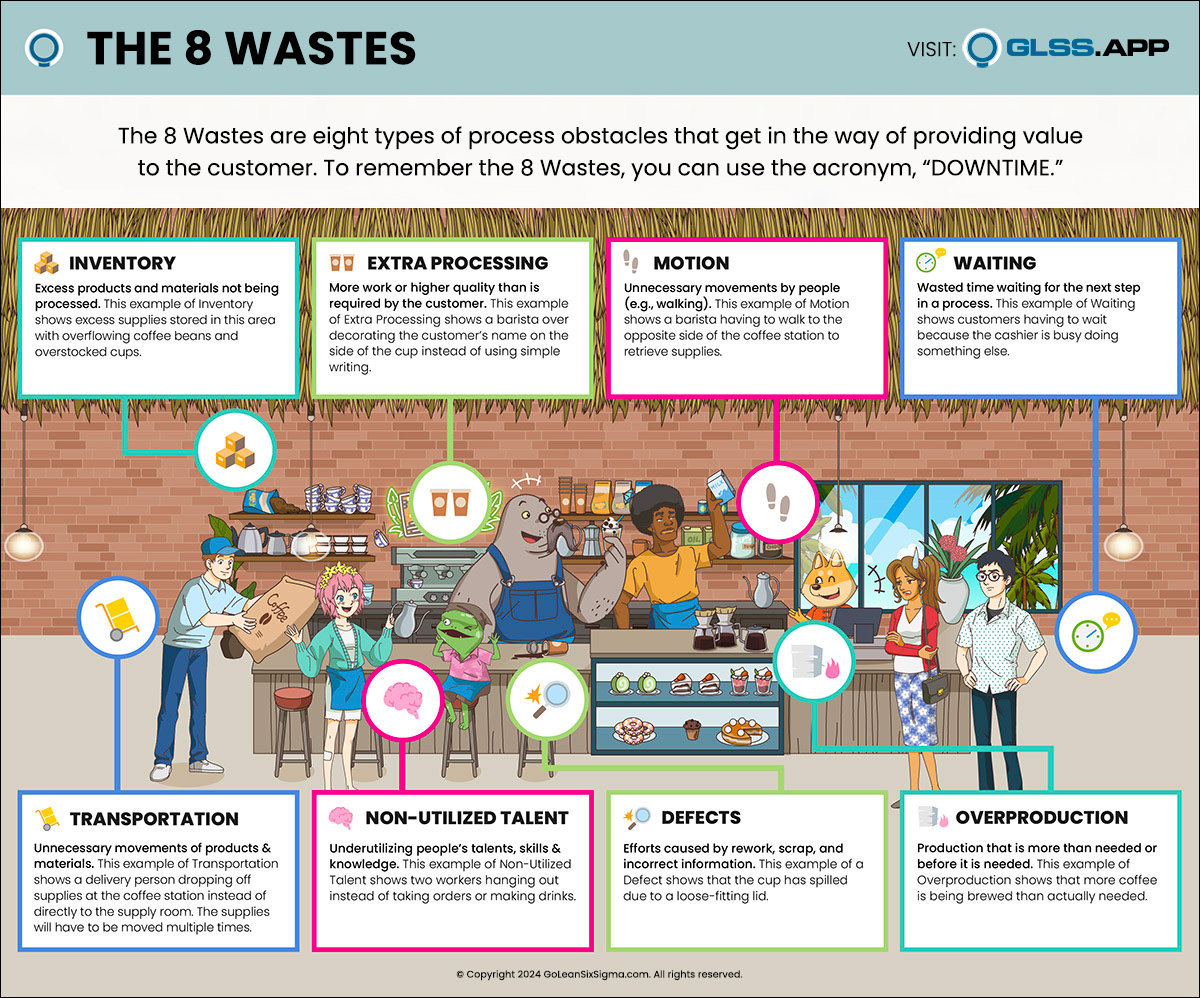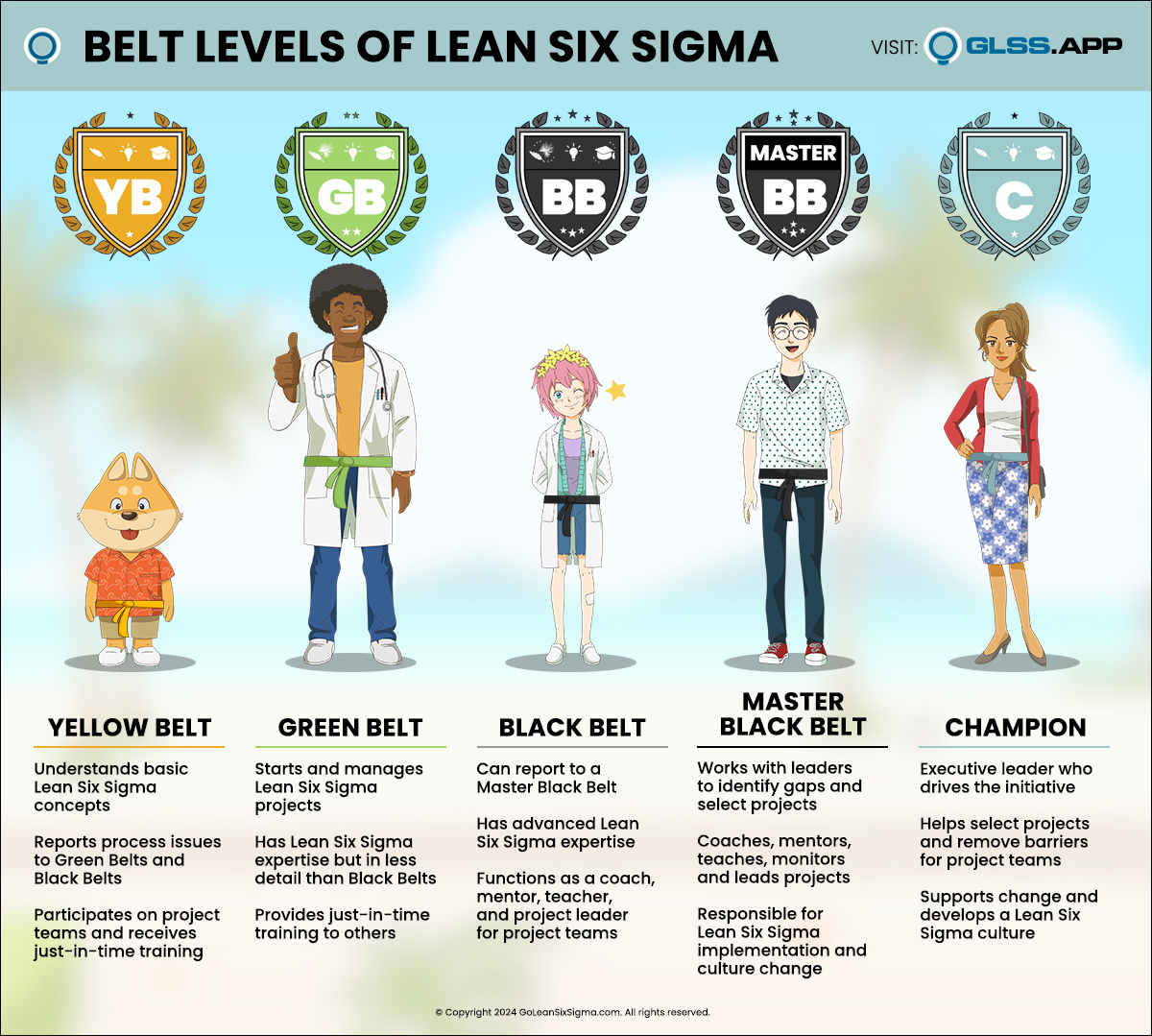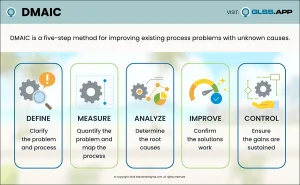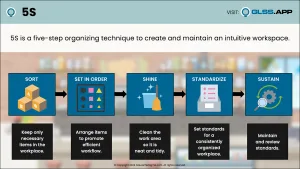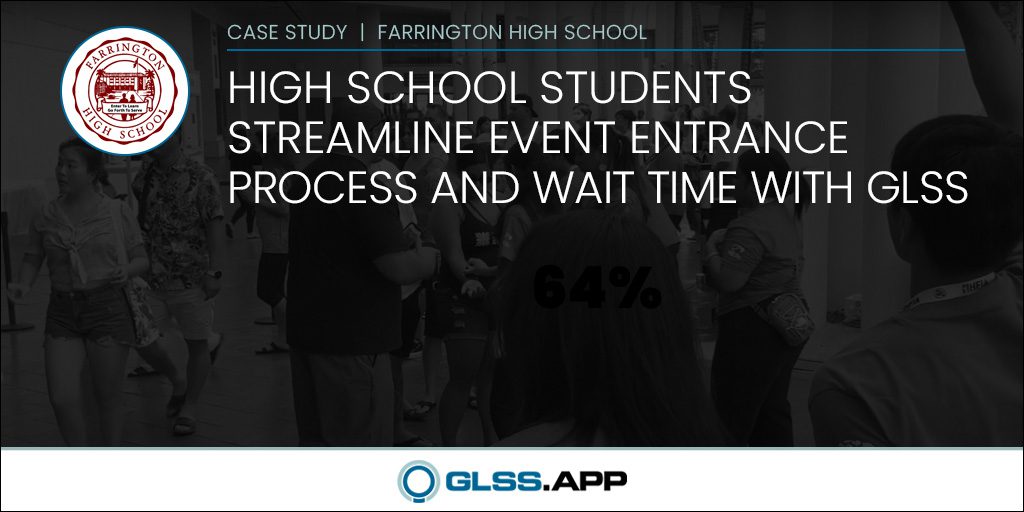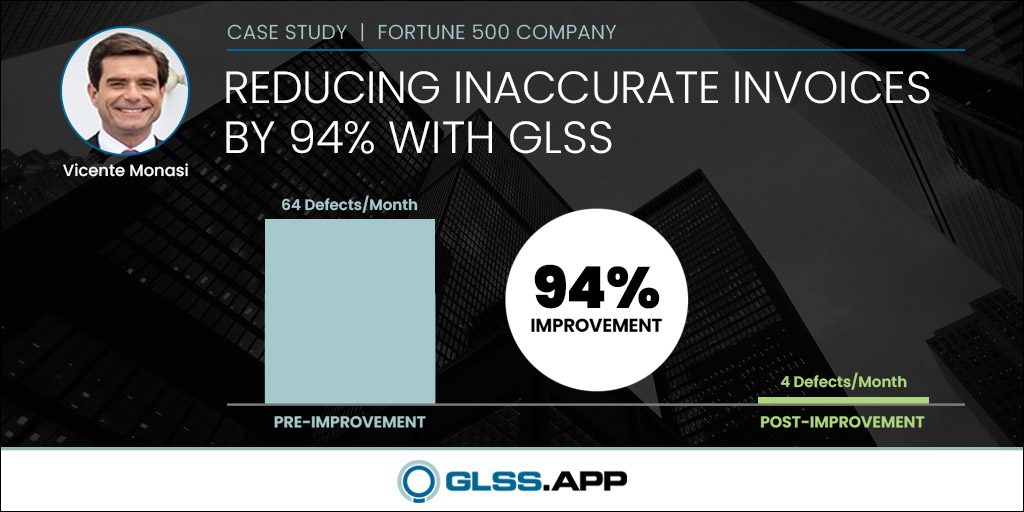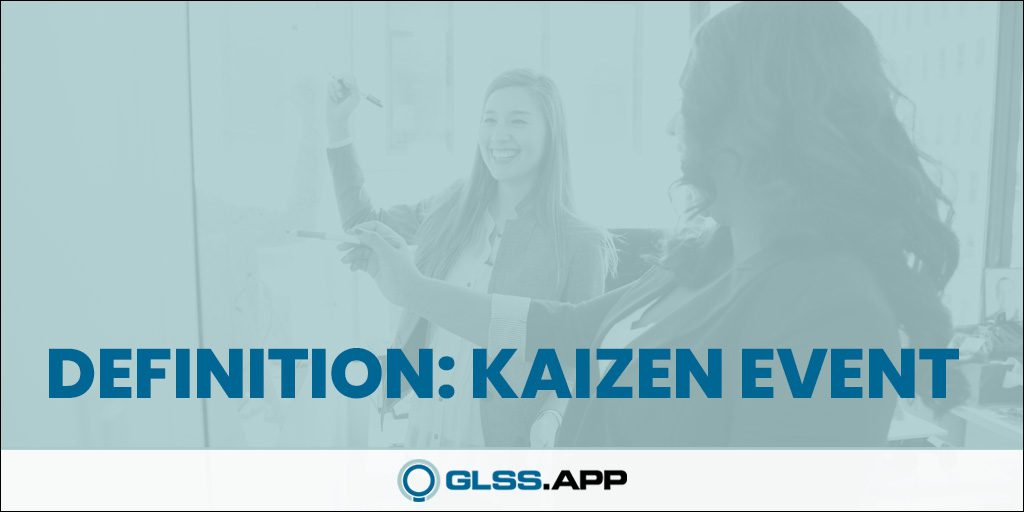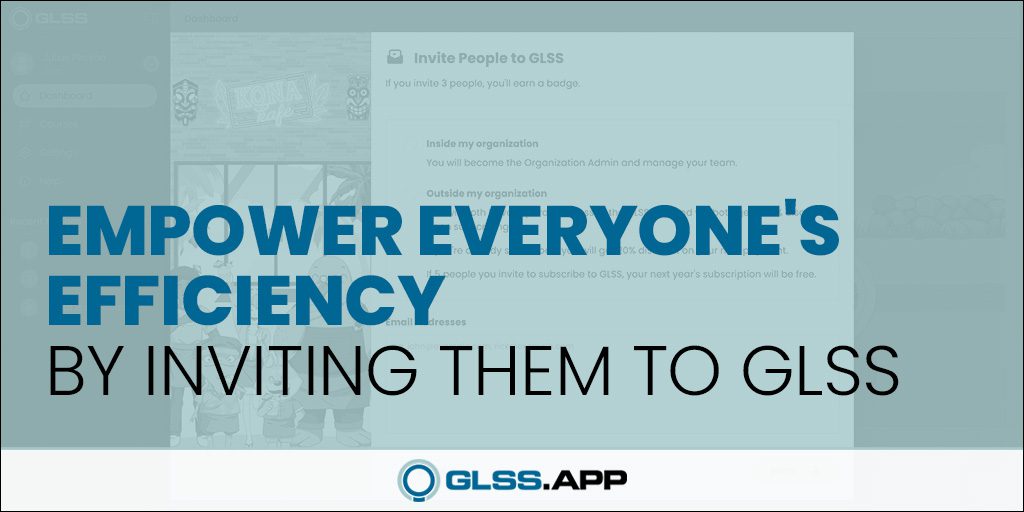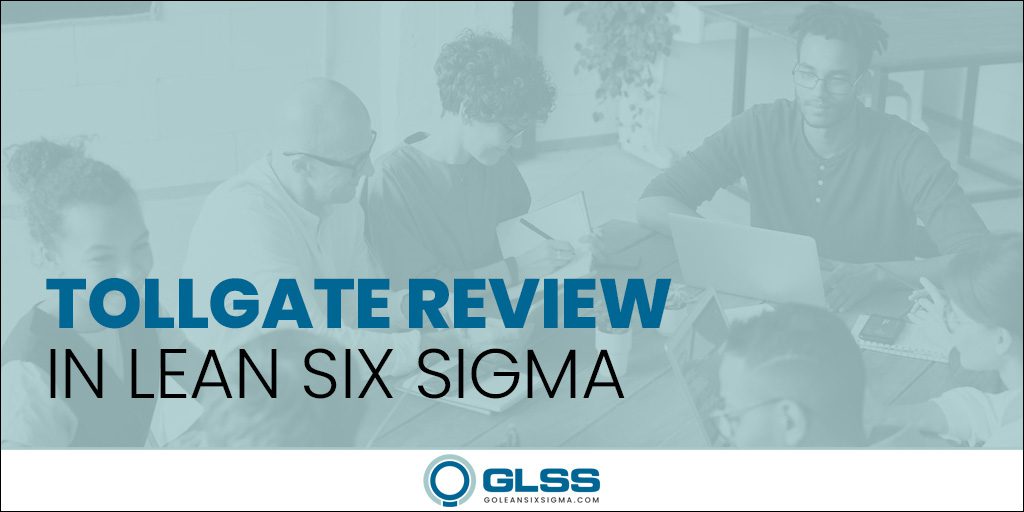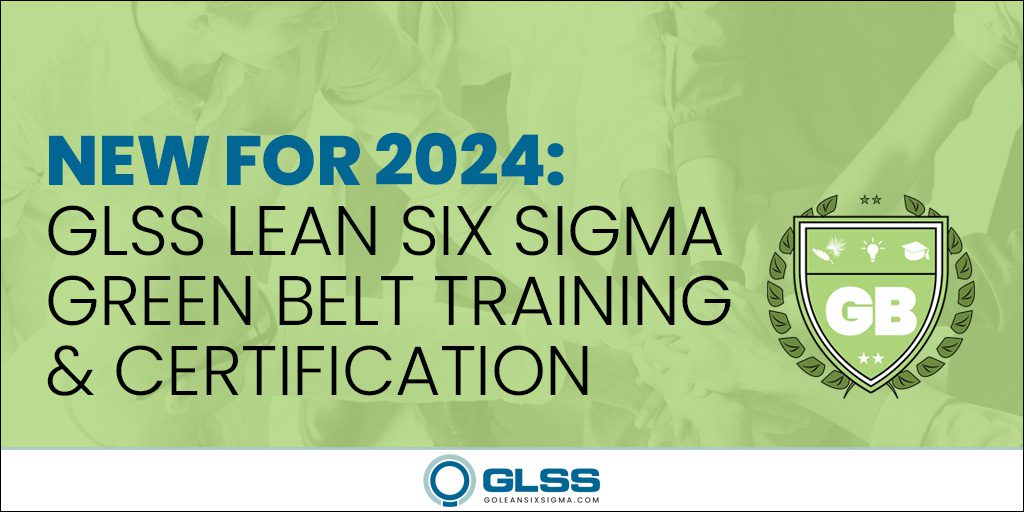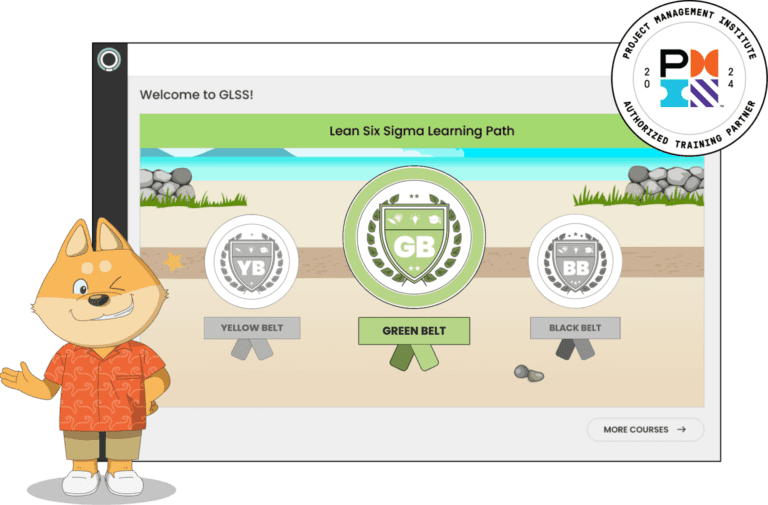
Whether you’re just starting your Lean Six Sigma journey, or you’re in the middle of improving a process, guidance from Experts can help make your efforts easier – and more successful! In this Expert Excerpt, we interview Greg Gibbs, who shares key insights to being successful with Lean Six Sigma in Healthcare.
Greg Gibbs is a Lean Six Sigma leader with extensive experience in leading programs within both the private and the public sectors. His involvement includes Lean Six Sigma strategy development and deployment, portfolio management, certification and training. He is a Certified Master Black Belt who has designed and delivered Sponsor and Team Training as well as led/mentored multiple teams to achieve significant business results. In his spare time, Greg enjoys the practice of yoga in his sunny home base of Sacramento, California.
What advice do you have for someone who is getting started with applying Lean Six Sigma in Healthcare?
First get leadership to accept that meaningful results will take some time, but at the same time, find a way to deliver quick results. You have to be able to get quick wins, but still build a program that will improve and sustain larger enterprise issues.
What are some common mistakes you see people making when applying Lean Six Sigma in Healthcare?
One big mistake is thinking you can assemble project teams who will spend tons of time on Lean Six Sigma projects. The world just doesn’t work that way anymore. Everyone is impatient and pulled in a variety of directions—Organizational A.D.D. is epidemic.
A second mistake is not to allow for “hypotheses” (aka suspected root causes) to be identified at the beginning of the project—this is the actual scientific method applied to business applications. Typically we already have enough knowledge to have some suspected root causes or contributors to the problem or opportunity—we then use the DMAIC to test our theories. Otherwise, we waste time pretending we need to look under every rock for the real root causes.
Do you have any pet peeves related to applying Lean Six Sigma in Healthcare?
One big pet peeve has to do with Leaders who say they support Lean Six Sigma but then make leadership decisions that contradict that support. For example, sponsoring project teams to improve major components of a customer support function, only to pull the plug by outsourcing that support function before the project benefits could be realized.
Is there anyone that has significantly influenced you over the years?
Yes, for sure, but it’s not just one person—it was a team of consultants with whom I worked to support GE’s roll out of Six Sigma in the mid to late 90s. I can name them if you’d like, but it was the team environment and the supportive, ego-less nature of our consulting team that helped me reach unexpected levels of capability in delivering Lean Six Sigma training and coaching project teams and their leaders.
Why do you do what you do? (What motivates you?)
I love collaborating with others to achieve meaningful results. I am energized by people who want to achieve extraordinary outcomes and who are open and willing to think beyond outdated paradigms. Lean Six Sigma gives me that opportunity continually.
What’s something exciting that you’re currently working on?
Bringing an Agile approach to the implementation plans of DMAIC projects by implementing a “User Story” approach to major deliverables. Then we create action plans that deliver meaningful results in two-week “blitzes” (“sprints” in Agile terminology). This keeps the busy project team members engaged and actively participating.
What’s your favorite application of Lean Six Sigma in your personal life (away from work)?
Continuously improving my approach to “honey-do” lists—finding ever-better ways to be efficient in how I accomplish tasks. For example, I was able to accomplish a major bathroom renovation by planning the work in incremental tasks that minimize disruption to the family. Also, Lean Six Sigma has been very helpful in driving the parallel processing of cooking and cleaning up in tandem, so that by the time the meal is ready, there are no pots or pans to clean—it is already done!





